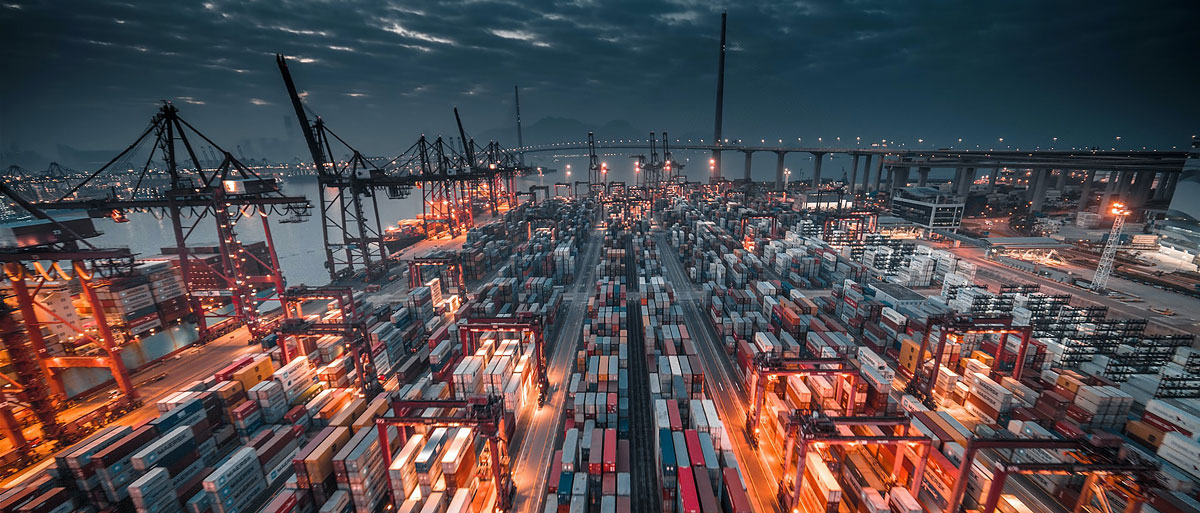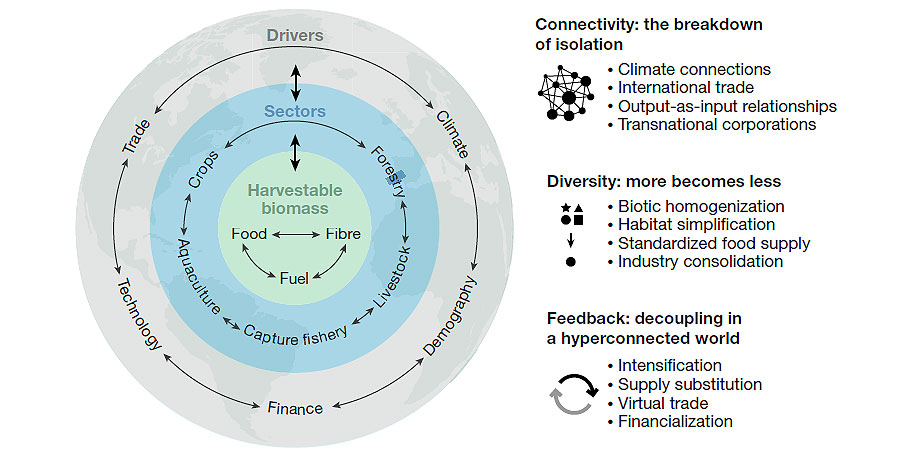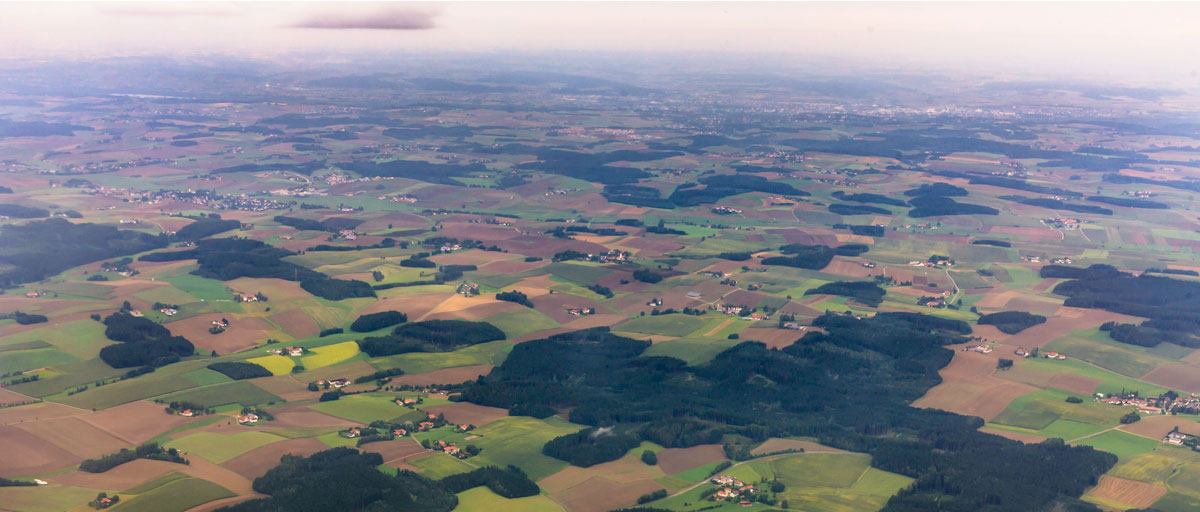Bildtext får vara max två rader text. Hela texten ska högerjusteras om den bara ska innehålla fotobyline! Photo: B. Christensen/Azote
REFLECTIONS ON COVID-19
Why Covid-19 and systemic risks are part of the hyper-connected world we live in

Global trade, transnational land acquisitions, spread of invasive species, and technology diffusion occur at unprecedented scales, underpinned by a global infrastructure that facilitates movement of people, goods, services, diseases, and information. Photo: Timelab Pro/Unsplash
- One reason why systemic risks emerge are the extreme levels of connectivity our world relies on
- Our planet is today a “simplified, intensified and hyper-connected” global production ecosystem
- The limits of the global production ecosystem may be defined by emergent global risks such as climate change and pandemics
Transforming our planet into a production plant for food, fiber and fuel paves the way for new and widespread risks. It may define our future
DISCLAIMER: This reflection presents insights that are relevant to the discussions related to both the causes for the pandemic and the solutions needed to build a more resilient, global society. Covid-19 affects all aspects of our lives, we want to help make sense of this tragedy, in empathy with all those suffering from it.
GLOBALLY CONTAGIOUS: The covid-19 pandemic provides a stark example of how a local crisis quickly ripples through regions and sectors, with massive impacts on global health, political systems, businesses and economies worldwide.
We call such crises systemic risks and we must learn to live with them.
One reason why systemic risks emerge are the extreme levels of connectivity our world relies on. International trade, transnational land acquisitions, spread of invasive species, and technology diffusion occur at unprecedented scales, underpinned by a global infrastructure that facilitates movement of people, goods, services, diseases, and information.
Our planet is today what we call a “simplified, intensified and hyper-connected” global production ecosystem.
Transforming the anatomy of our planet
Covid-19 is not first crisis of its kind and it will not be the last either. The way we have transformed much of the planet in order to produce more food, fiber and fuel is creating new conditions for systemic risks to emerge.
The financial crisis in 2007 taught us about the risks of a hyper-connected financial system. The food crisis in 2007/2008 showed us how a cocktail of volatile energy prices, highly connected food production systems, and unpredictable financial markets can trigger shocks to societies and places around the globe.
Over the centuries, humans have turned land- and seascapes into simplified croplands, forest plantations and fish farms. This in turn has led to a high dependence on fertilizers, pesticides, antibiotics, fossil fuel and technology. In parallel, these production ecosystems are now globally interconnected through international trade and global markets.
Taken together, our planet is today what we call a “simplified, intensified and hyper-connected” global production ecosystem.
The anatomy of this global production ecosystem is changing our exposure to global risks. Shocks that were previously limited to one type of production ecosystem or sector, are crossing borders and boundaries.
They are 'globally contagious' as sectors are intensified and increasingly interlinked: droughts or crop pest outbreaks on land spill over to fish farms that increasingly depend on agricultural crops to produce their feeds. Moreover, food production systems around the world are increasingly exposed to the price fluctuations on resources like fossil fuels, fertilizers and technology.
The same ripple effects can be seen worldwide as consumers change their preferences or policies and financial targets shift focus.

A future defined by emergent risks
The simplification of the global production ecosystem in terms species, landscapes, food commodities and practices has reduced the diversity of ways by which the system is able to respond to change, making it more vulnerable to risks.
Consequently, the limits of the global production ecosystem to satisfy current and future human demands for food, fuel and fiber may be defined by emergent global risks such as climate change, loss of species diversity and pandemics, rather than our efforts to push the exploitation of our planet's natural resources to its limit.
Re.Think Talks podcast: What is the connection between environmental change and diseases such as coronaviruses?
Scientific background:
Nyström M, Jouffray J-B, Norström AV, Crona B, Søgaard Jørgensen P, Carpenter SR, Bodin Ö, Galaz V, Folke C. 2019. Anatomy and resilience of the global production ecosystem. Nature, 575: 98-108. [read-only link: https://rdcu.be/b27H9] (Paper selected for Nature’s 150 years anniversary Insight Album.)
For more information about this publication, please contact centre researcher Magnus Nyström:









